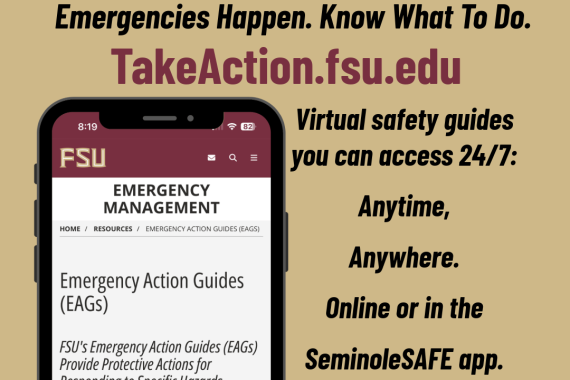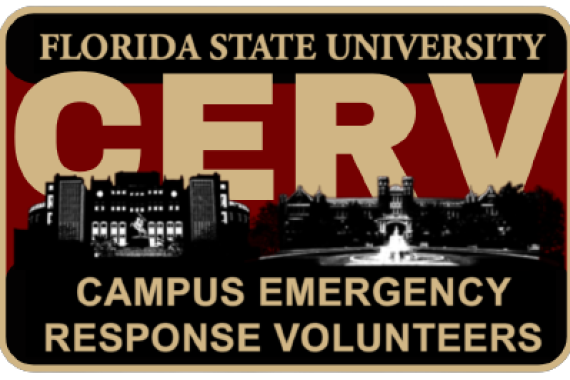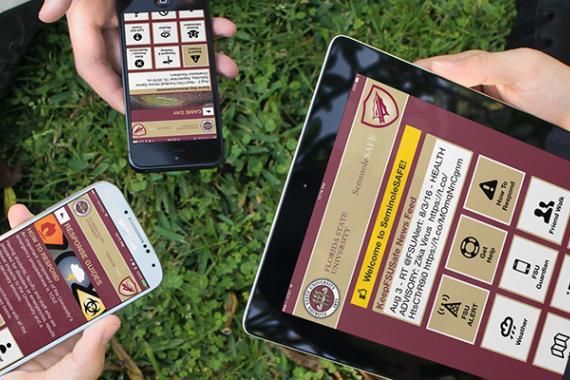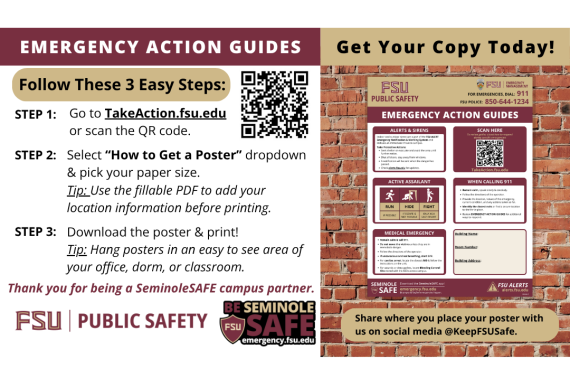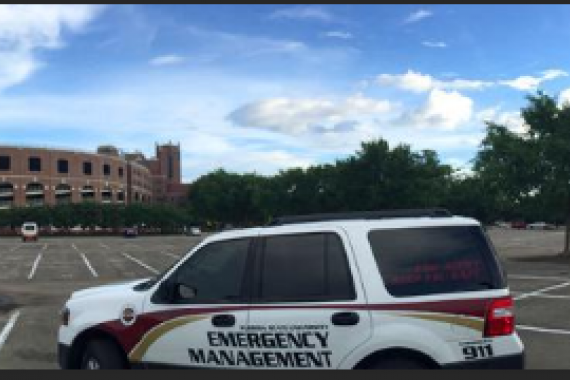Basic Information
Pre-Planning is important
If You many need assistance evacuating in an emergency you should pre-plan and contact the Office of Accessibility Services
What to do?
- Evaluate your need to identify yourself as someone who requires assistance during an evacuation. Some people who may need assistance have no visible disability.
- Master the skill of giving quick information on how best to assist you. Be clear and concise. If you have difficulty speaking, consider using a carry-with-you preprinted message.
- Establish a personal network consisting of people who are regularly in the same area as you. Do not depend on any one person as they may not always be available. Assess your own abilities and communicate your capabilities and limitations to those in your network.
Options
- Determine all your evacuation options and prioritize them. Consider the pros and cons of each.
- Being carried: You have a chance to get out but you and/or your helpers may be injured in the process.
- Evacuation chairs: Evacuation chairs are safer than being carried and you don't have to wait for the fire department to reach you. These take practice to use safely, however, and the device has to be nearby.
- Areas of refuge: Areas of refuge are fire-resistant spaces where people unable to use stairs can call for help by way of two-way communication devices. An area of refuge is a good option if you feel that you may be injured if you evacuate using the stairs; however, they are typically not available in older buildings and you may be overcome by smoke before getting help from rescue personnel.
- Use of Elevators: Elevators are useful in non-fire emergencies however they are shut down automatically if the fire alarm is activated. The elevator shaft can also become a chimney for smoke and the power can go out, leaving the elevator stuck between floors.
Evacuation Procedures
- Attempt a rescue evacuation only when a physically disabled person is in immediate danger and cannot wait for professional assistance.
- If the building has an area of refuge, assist the disabled person to that area. If possible, at least one person should wait with the disabled person. For buildings that do not have an area of refuge, the disabled person should be moved to the nearest stairwell, or a room with the door shut which is well clear of any hazardous area.
- Ask others leaving the building to notify emergency responders that a physically disabled person needs assistance in evacuating. Give the specific location.
- If waiting for rescue is not an option, two physically capable occupants of the building should be invited to volunteer to assist the disabled in evacuating. Ask how the disabled person can best be assisted or moved, and whether they require any special considerations or items that need to come with the person. Keep in mind that you many need to clear debris in order to safely evacuate.
- Do not use elevators unless told to do so by emergency responders.


